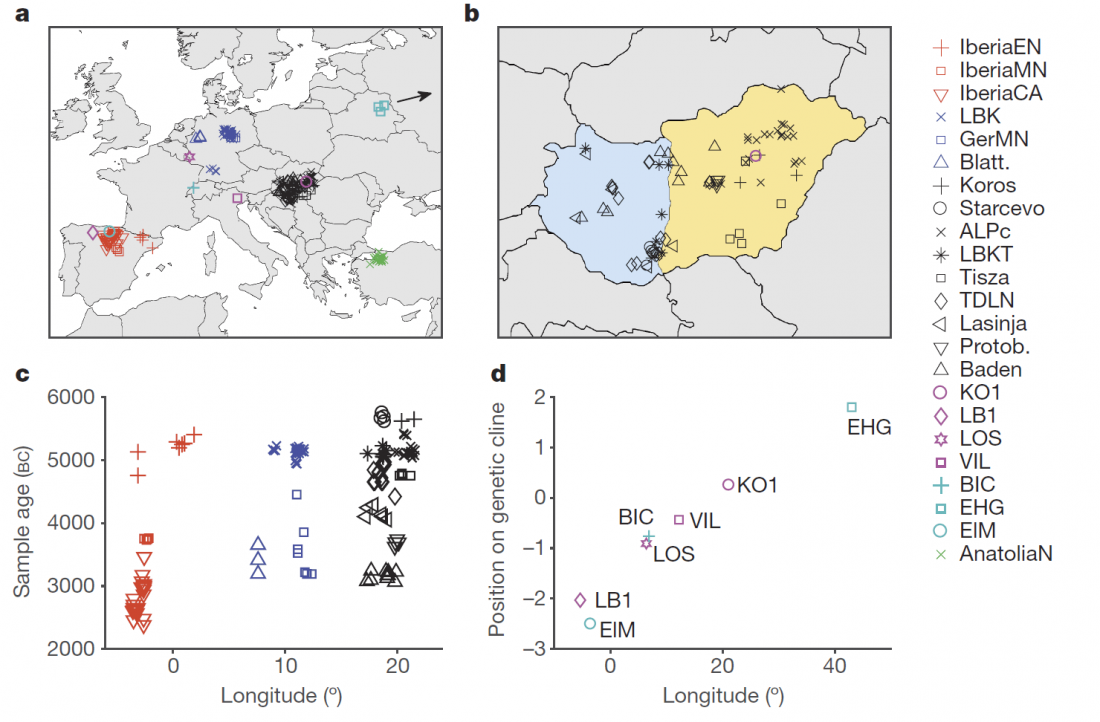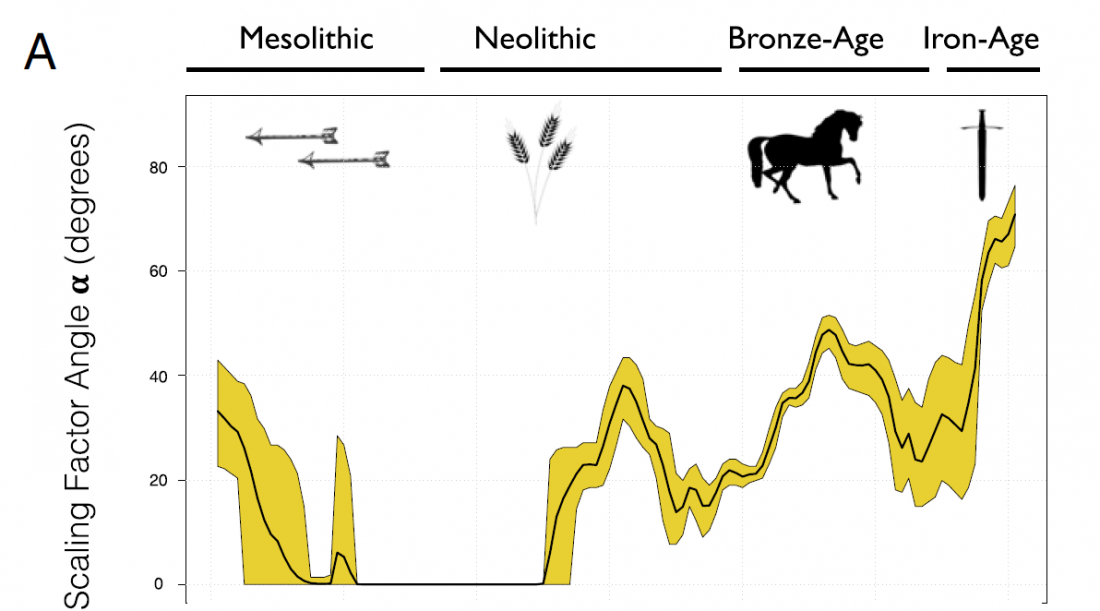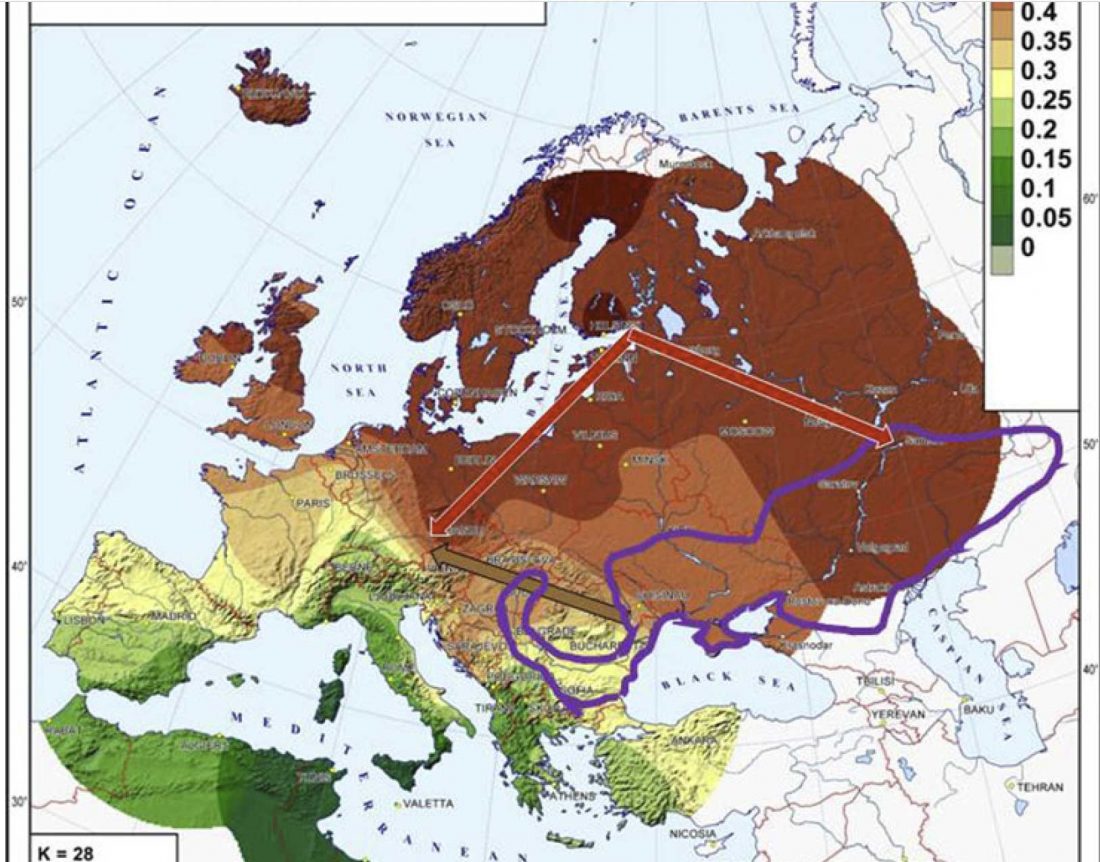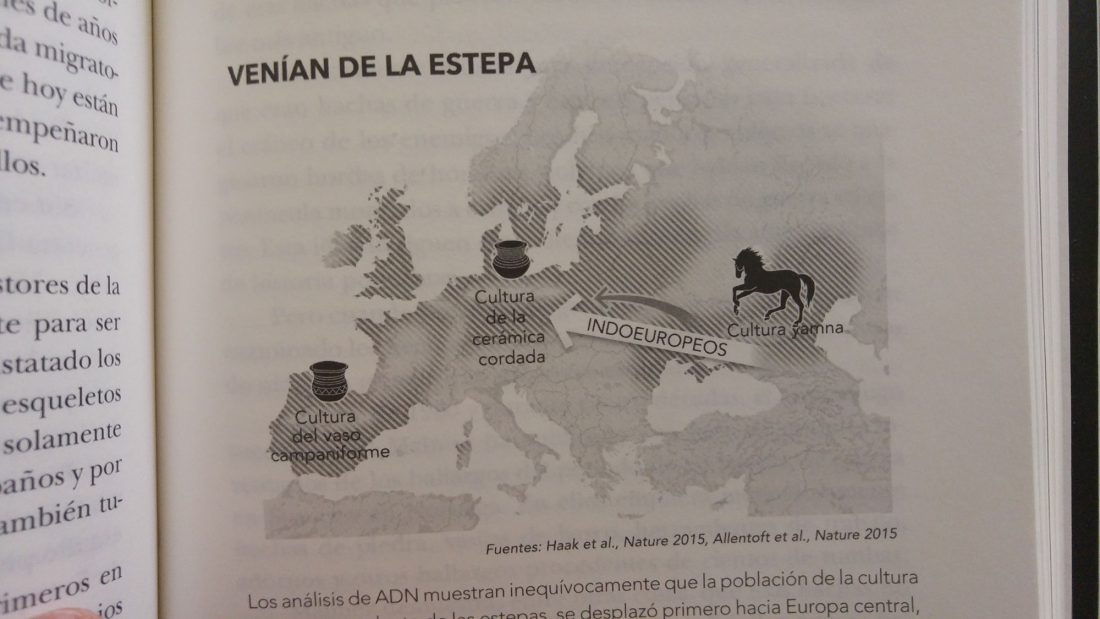Recent paper in Proceedings of the Royal Society B: Archaeogenomic analysis of the first steps of Neolithization in Anatolia and the Aegean, by Kılınç et al. (2017).
Abstract:
… Read the rest “Migration vs. Acculturation models for Aegean Neolithic in Genetics — still depending strongly on Archaeology”The Neolithic transition in west Eurasia occurred in two main steps: the gradual development of sedentism and plant cultivation in the Near East and the subsequent spread of Neolithic cultures into the Aegean and across Europe after 7000 cal BCE. Here, we use published ancient genomes to investigate gene flow events in west Eurasia during the Neolithic transition. We confirm that the Early Neolithic central Anatolians in the ninth millennium BCE





